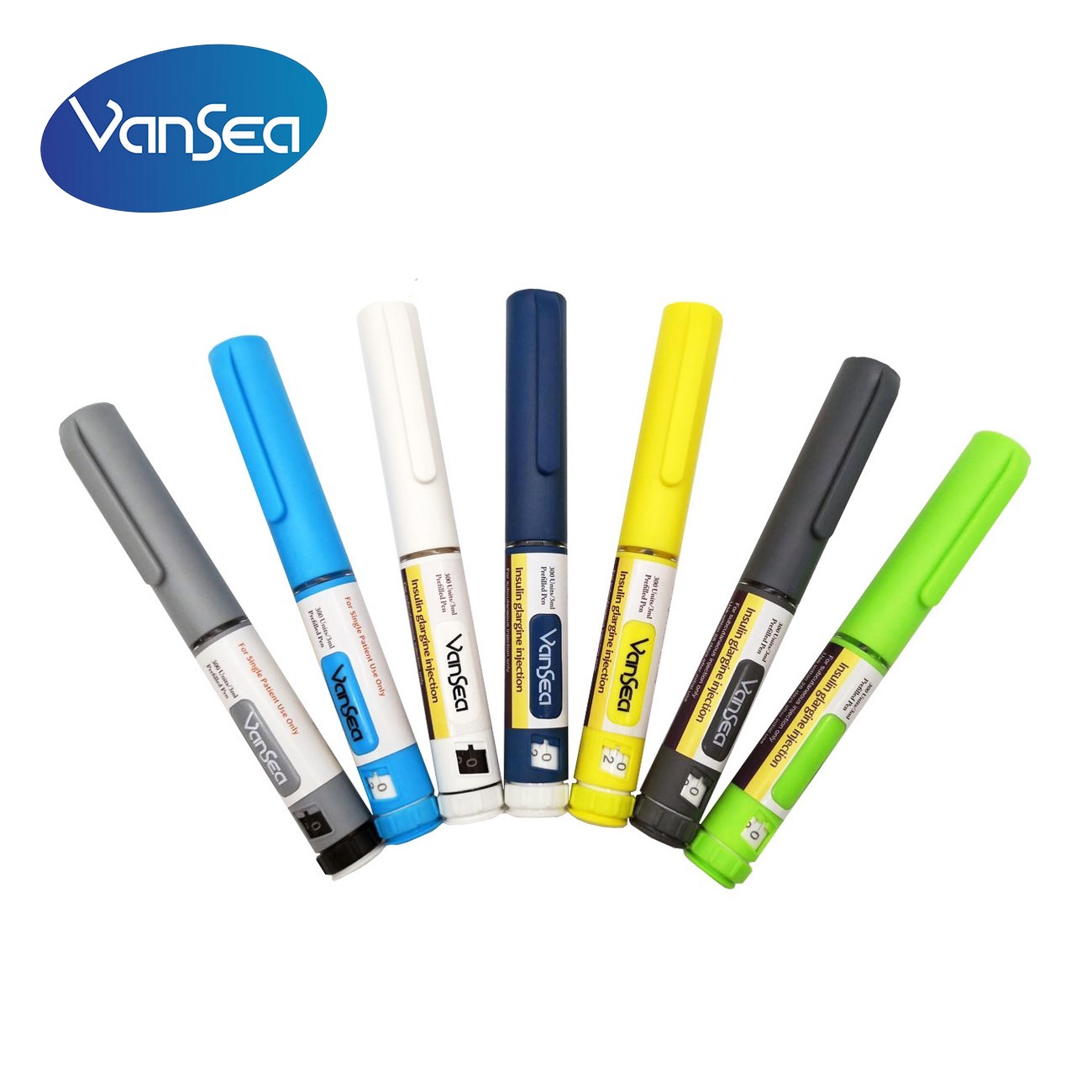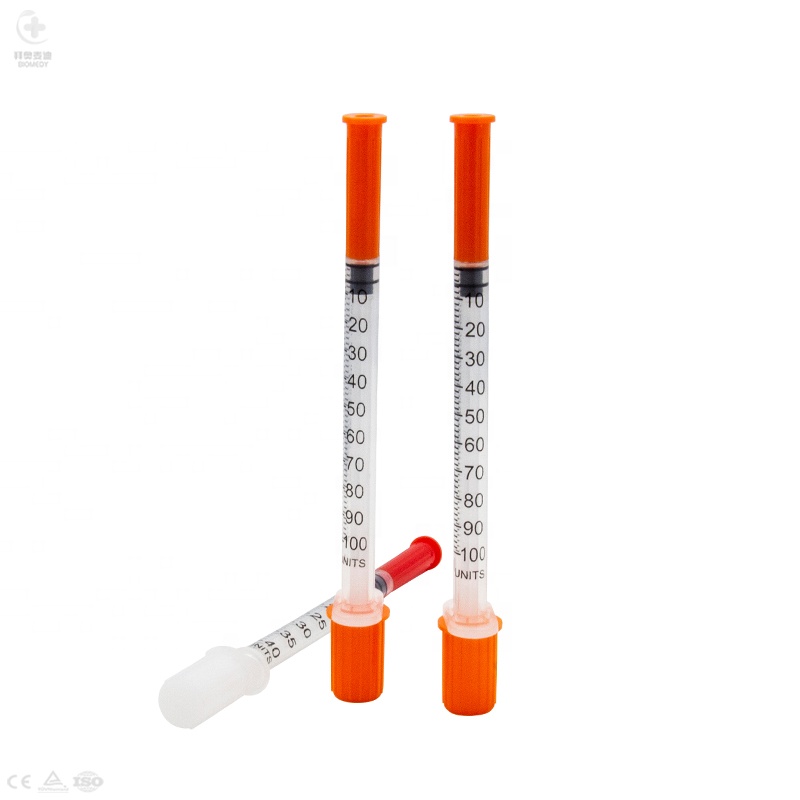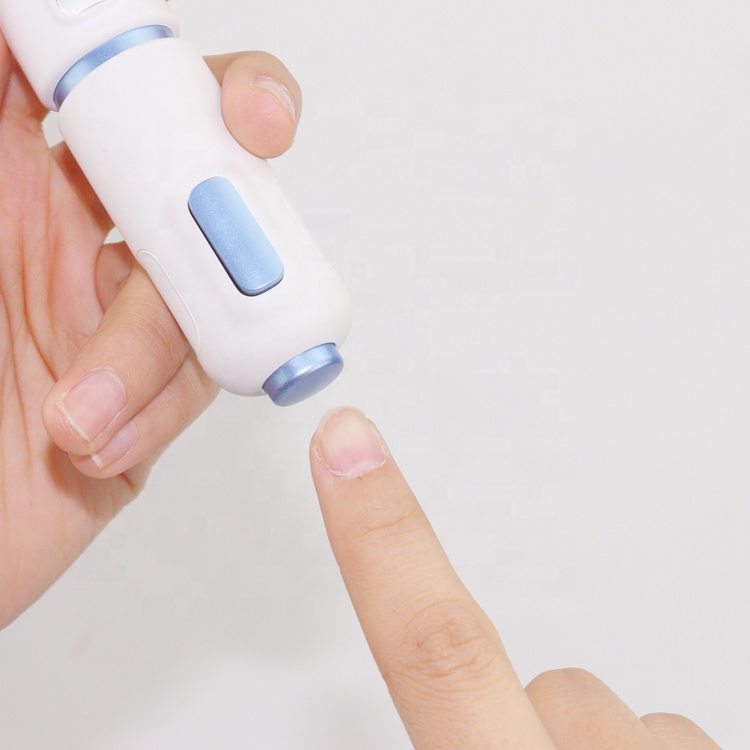Insulin Pens
Help you sourcing insulin pens from reliable manufacturers from China
What is an insulin pen?
An insulin pen is an injection device with a needle that delivers insulin to the subcutaneous tissue (the tissue between the skin and muscle). Subcutaneous tissue, also known as sub Q tissue, is found throughout the body.
The Advantages and Disadvantages of insulin pens
Here are some of the pros and cons of insulin pens compared to other methods of administering insulin:
Disadvantages
Pens vs. Syringes: The convenience factor of insulin pens means they are more expensive than syringes. Talk to your insurance provider to find out if they will cover insulin pens and how much they will cover. Compare the costs of other diabetes management tools to see which makes the most sense.
Pen vs Pump: Despite the benefits, the downside of using an insulin pen (and syringe) is the need to administer insulin more frequently than using a pump. If you are particularly active and eat several times a day, you should consider the number of insulin injections per day versus the number of pumps that do not require injections.
Advantage
Insulin pens can make taking insulin more convenient because they combine the medication and syringe in one convenient unit. Unlike syringes, pens come prefilled with insulin — including premixed insulin. They’re fairly simple to use: just twist or break the new needle, dial out the dose, inject the insulin, and throw the used needle into a needle-safe sharps container. Some insulin pens are disposable, so you can throw them away when the insulin runs out or expires, while others can be reused after inserting a new insulin cartridge.
Many brands offer color-coding and different designs of pens to help you see at a glance what type of insulin you’re using. This makes dosing times faster than syringes and vials — and they’re also more portable. Additionally, some newer models come with digital apps that help you remember when your last insulin injection was and how much.
They’re also less visible than vials and syringes, so you can use insulin sparingly in public.
How to use an insulin pen?
Choose a clean, dry work area. Supplies you will need include:
- Prescription insulin pen
- Pen needles and alcohol wipes
- Containers for old equipment. You can use a rigid plastic container with a screw-on or airtight lid, or a commercial “Sharps” container.
Here are the steps you will take:
- Start with washing your hands.
- Remove the cap of the insulin pen.
- If the insulin in the pen becomes cloudy, roll the pen in your hand and turn it side to side for a minute. You don’t have to roll the pen if the insulin is completely cleared. Do not shake the pen.
- Wipe the rubber stopper with alcohol.
- Attach the new pen needle to the insulin pen. Pen needles come in different sizes. Talk to your healthcare provider to choose the best pen needle for you.
- To install the stylus, pull the piece of paper from the stylus, screw the new needle onto the pen, and remove the needle cover. You will need the outer cap to get the needle out of the pen after the injection is done. Remove the inner cover.
- Prime the insulin pen. Priming means removing air bubbles from the needle and making sure the needle is open and working. The pen must be ready before each injection.
- To prime the insulin pen, turn the dose knob to the 2 unit indicator. With the pen facing up, push the knob all the way. At least one drop of insulin should appear. You may need to repeat this step until water droplets appear.
- Turn the dose knob to choose the insulin dose prescribed for you.
- Check that the dose is correct. Put the pen down without letting the needle touch anything.
When should I use an insulin pen?
To determine when you should inject insulin, pay attention to when you check your blood sugar, when you eat, and what type of insulin you take:
- Check your blood sugar no more than 30 minutes before eating.
- If you take rapid-acting insulin before a meal, inject it while you sit down to eat.
- If you take regular insulin before meals, inject insulin no more than 30 minutes before meals.
- If you take intermediate-acting or long-acting insulin, inject your insulin at the same time each day.
There is no standard or “typical” dose of insulin. Your dose will be the amount of insulin you need to keep your blood sugar well controlled. Your doctor will prescribe the right dose of insulin for you.
Choose the right pen
There are two basic types of pens: disposable and reusable.
- Disposable pens come prefilled with insulin and are discarded when the insulin cartridge is used up or the pen has been used for 28 or 32 days (depending on the type of insulin).
- The reusable pen works with an insulin cartridge that fits into the pen, and once the insulin is used, the cartridge can be thrown away and the pen is ready for the next one. Each pen is only suitable for certain types of insulin, so keep that in mind as you browse pens.
Although reusable pens are more expensive at first, replacement cartridges for reusable pens are less expensive than disposable ones, and they cost about the same in the long run.
Another pen feature you may want to pay attention to when choosing a pen is how it delivers insulin. Some pens can be administered in half-unit increments (eg, 1.5 units), while others are administered in whole units. The maximum dose of insulin that can be delivered at one time also varies from pen to pen.
Store your pen
For unused pens, be sure to keep them refrigerated. For your current pen, keep it at room temperature. Extreme temperatures should be completely avoided, so keep away from refrigerators. Also avoid placing them in places that are too hot or too cold, such as on a window sill or in your car.
Best Insulin Pens
Help you buy disposable and reusable insulin pens from reliable manufacturers, factories, suppliers from China.
Disposable Injection pen for 3ML cartridge somatropin Human Growth Hormone liquid form HGH
CE approval & ISO 13485 certificate
Product Features
- Spring driven delivery for an effortless and comfortable injection process
- Intuitive and proven twist motion dose dialling and push-button activation for maximum patient acceptance
- Bayonet connection and sliding for quick cartridge change
- For insulin, HGH and other multi-dose therapies
- High quality look & feel
- Repeated use
- Dose adjustment is convenient, adjustable range 0~60 IU (0~0.6mL)
- Minimum Single dose 1 IU (0.01mL);
- Injection of high precision, the error is less than 5%;
- Compitable 3 ml cartridge.
Eo Gas Sterile 1mL Injection Insulin Pen Syringe With Needle U100 U40 Seringue Insuline Syringe
Manufacturer medical equipment sterile disposable 1ml insulin syringe:
- Mounted Needle
- No Dead Space
- No Waste
- U-100, With Fixed Needle 29G,30G
- EO gas disinfection; Aseptic, non-toxic, non-pyrogen.
- Scope for use: The products are used for the injection of insulin drugs.
- Certification: ISO 13485, CE0197, ISO 9001.
- Sterile: Sterile by EO gas , non-toxic , non-pyrogen
- Needle: With Fixed Needle 29G 30G
- Unit: U-100,U-40
- Individual pack: Blister/PE packing
- Material for gasket: Natural latex /Synthetic rubber (latex free)
Painless medical insulin injection pen needle free injection system
Intended Use:
The needle free injector is suitable for inject various subcutaneous and fatty tissues medication such as insulin, growth hormone, local and dental anesthesia, vaccines, cosmetics and cosmetic surgery injections.
Specifications
- Maximum single dosage drawing: 0.35 mL (35 IU)
- Single administration dosage: 0.04~0.35 mL (4 IU~35IU)
- Resolution (Administration precision): 0.01 mL (1 IU)
Injection Body Map:
This injector can be used on the normal areas of the body, include arms, abdomen, hips, buttocks, and thigh.


